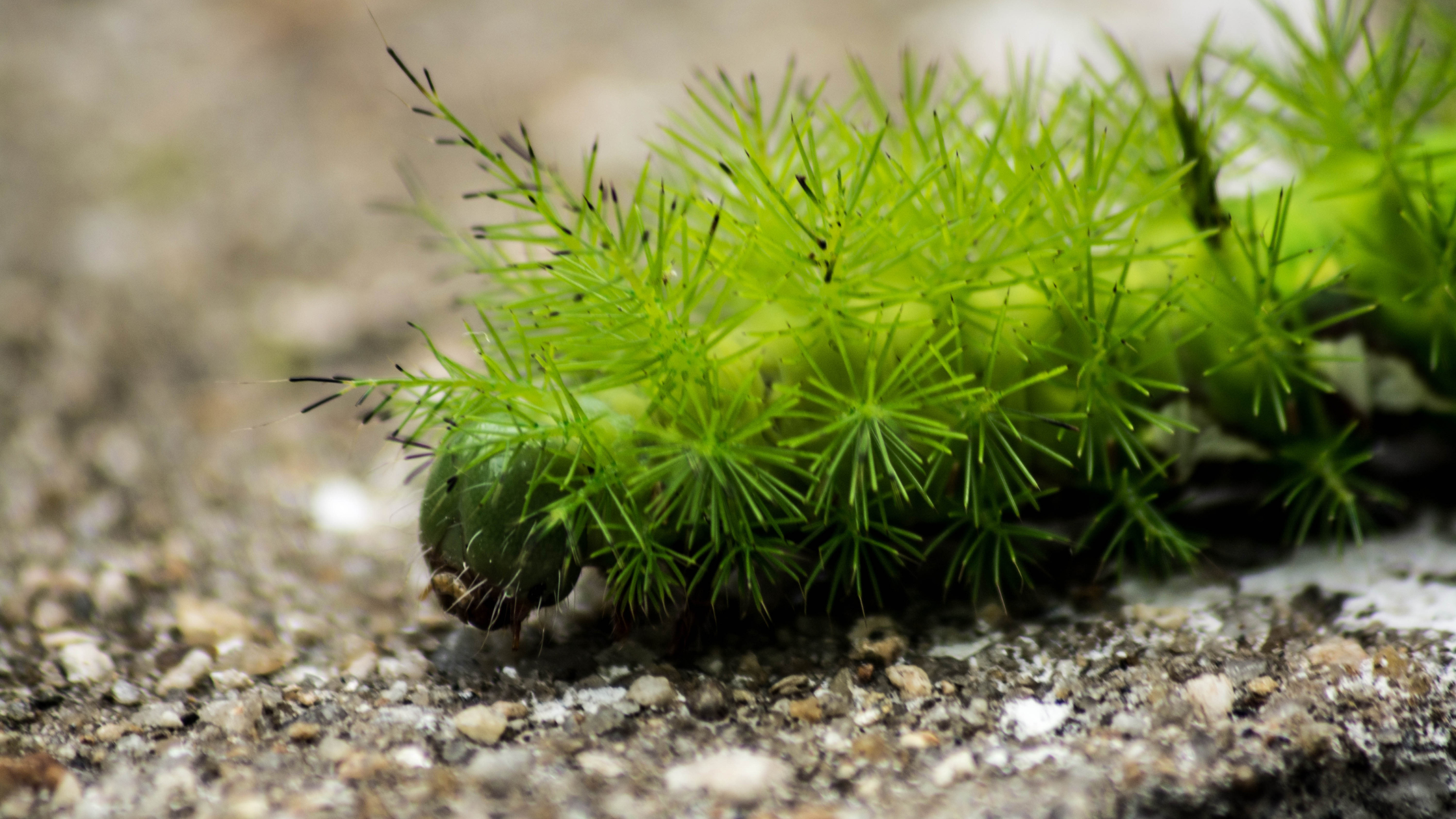
07 Jun Stinging Caterpillars
One of the best things about summertime is the ability to go outside and spend time with your family and friends enjoying the warmth and relaxation of the warm sunshine. There are few things better than lounging out in the yard during a wonderful, relaxing, lazy summer day.
Yet, sadly, as the weather warms up and people spend more time kicking back by the pool, more and more pests make themselves known. These insects are not only ugly to look at and unappealing in many ways, but they can also be downright painful and dangerous too.
The stinging caterpillar is just one example of a bug that can make your time outdoors a total pain. What do you need to know about these buys? How can you avoid them?
What Is A Stinging Caterpillar?
Of course, you’re definitely familiar with caterpillars. Ever since childhood, you have seen these slow-moving, fuzzy little bugs in your yard and all over the great outdoors. Usually, they don’t cause any trouble and are actually quite cute – for a bug.
However, a stinging caterpillar is a completely different type of bug.
These bugs go far beyond just biting holes in leaves and crawling around yards. They can sting animals or humans and the sting will actually hurt quite badly. It’s comparable to a bee sting and can be more serious based on the person who is stung. For one person, the sting from a caterpillar could be life-threatening. To others, it could be a minor inconvenience.
The sting is implanted because of small strands of hair on the bug that act as miniature syringes. These pieces of hair function like quills and are connected to poison glands inside the body. They are used as a defensive way to combat prey and release poison once they break through the skin.
What To Do When Stung?
When you’ve been stung by a stinging caterpillar, you’ll certainly know. First of all, it’ll hurt like a bee sting. Secondly, it’ll feel irritated for quite a while after the sting and will become red and inflamed.
Sadly, there aren’t many known home remedies to take care of a caterpillar sting. Some people take pieces of tape and apply them to the area that was stung. When pulling the tape off, the little hairs from the caterpillar should be pulled out and at least alleviate some pain.
Washing the stung area is also smart. Use warm water and soap, which will remove some of the venoms from your system. Antihistamines, like those used for bee and wasps stings, will also get rid of some of the discomfort.
Tired of Stinging Caterpillars?
If you’re sick and tired of your summer day being impacted by the pain of stinging caterpillars, there is something you can do: eliminate them.
A typical, over-the-counter bug spray should get rid of the pests in your yard. However, if you want to make sure the problem is truly gone, you should call upon a reliable, professional pest control company. They will be able to spray the troubled area, investigate and examine and ensure that the problem is taken care of. Caterpillar stings will be a thing of the past!



